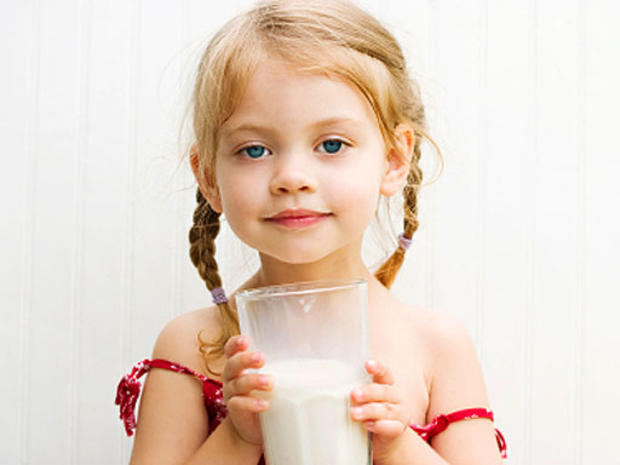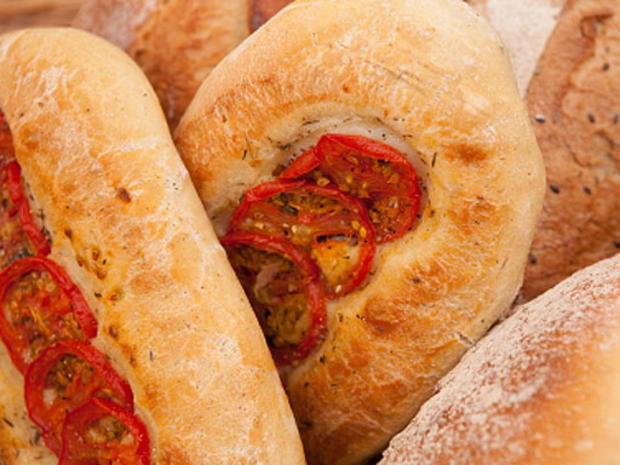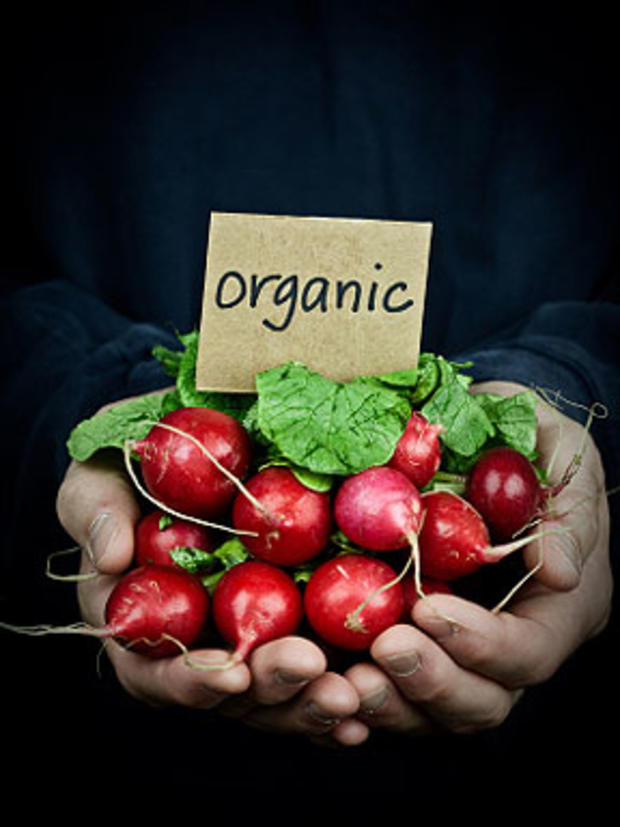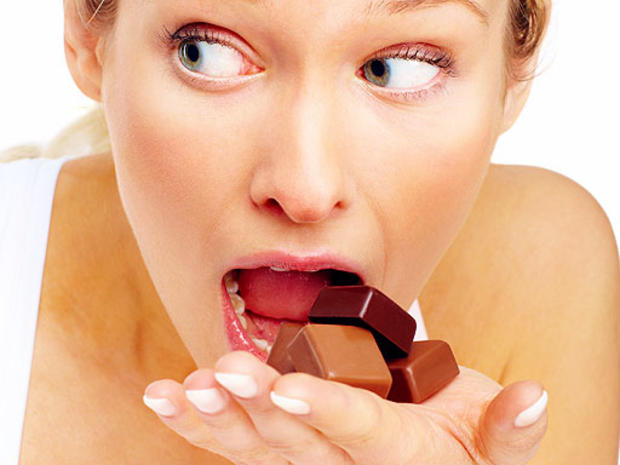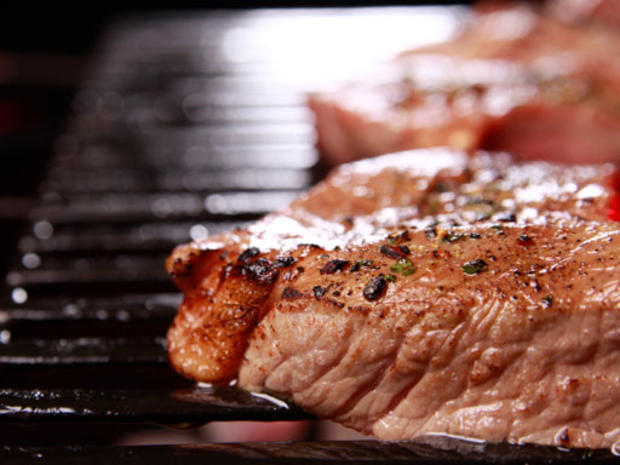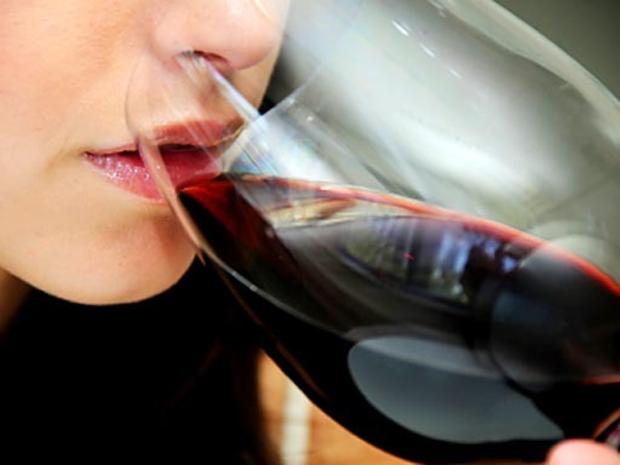15 Deadliest Food Myths
One reason is that we buy into certain dangerous myths about food, says Dr. Neal Barnard, president of the Physicians Committee for Responsible Medicine and adjunct associate professor of medicine at George Washington University School of Medicine.
Keep reading to see Dr. Barnard's list of the 15 most dangerous food myths - and what you can do to eat a healthier diet.
Myth: Kids Need to Drink Cow's Milk
The American Academy of Pediatrics doesn't recommend cow's milk for children younger than one.
What about getting enough calcium? No problem--there's plenty of the bone-building nutrient in green leafy vegetables, beans, fortified juices, soymilk and many other foods. One notable exception is spinach. The calcium it contains is poorly absorbed by the body.
Myth: It's Easy to Exercise Off Extra Calories
That means you'd have to run three miles to burn off the calories in just six chicken nuggets. Add a soda, and you'd have to run another 2.5 miles. A small order of fries--another two miles.
Vigorous exercise is important, but it's no substitute for making healthy food choices, particularly favoring vegetables, fruits, whole grains, and beans.
Myth: To Lose Weight, You Must Avoid Carbs
Here are the numbers: one gram of carbohydrate (that is, starch) has four calories, while a gram of chicken fat, olive oil, or fryer grease - any kind of fat - has nine.
Myth: It's Essential to Drink Eight Glasses of Water a Day
Our bodies do need plenty of water - and serious athletes might need more than most - but there's nothing magical about eight glasses.
Don't forget that water is found in foods as well as beverages.
Myth: Fish is Full of Good Fat
Up to 30 percent of the fat in fish is omega-3 (good) fat, which helps prevent blood clots and reduces inflammation. But the other 70 percent or more is a mixture of saturated fat that tends to raise cholesterol levels and various other fats that are little more than a source of concentrated calories.
The numbers vary depending on the type of fish. The fat in tuna, for example, is 23 percent "good" fat and 33 percent "bad" fat (the rest is a mixture of other kinds of fat with no health benefit). For salmon, the numbers are 27 percent "good" fat, and 16 percent "bad" fat, with lots of other fat thrown into the mix.
Bottom line? Fish does have good fat, but lots of the bad stuff too.
Myth: Exercise Lowers Cholesterol
Exercise does boost "good" (HDL) cholesterol--but only slightly. It has almost no effect on "bad" (LDL) cholesterol.
Of course, exercise has many health benefits. But don't scratch elevated cholesterol level off the list, just because you work out.
Myth: Meat is the Only "Complete" Protein
Proteins are long chains of amino acids, strung together like beads on a necklace. Your body needs a complete set of the acids in order to build body tissues. Meats contain them all, but so do most plants. Even if you never touched meat, you would get all the amino acids you need from beans, vegetables, grains, and fruits.Myth: Organic Produce is No Better Than Conventional Produce
The difference is especially pronounced for peaches, apples, bell peppers, celery, and others that are commonly grown with pesticides on conventional farms.
What about simply peeling vegetables? That can reduce the level of pesticides, but it cuts down on nutrients too.
Myth: Soy Products Cause Cancer
Studies show that women who consumed tofu, soymilk, or other soy products in their diets during adolescence have about 30 percent less risk of cancer than other women.
Among women who have been treated for breast cancer, soy products reduce the risk of recurrence. There's also some evidence to suggest that soy products can reduce the risk of prostate cancer.
Myth: Olive Oil is "Good" Fat
Most of the rest is monounsaturated fat, which serves no purpose other than providing unnecessary calories. Only a tiny fraction of olive oil is in the form the body actually needs.
Myth: Cravings Are Your Body's Way of Telling You What You Need
Once people experience these subtle brain effects, they tend to want them again and again, especially during times of stress.
Cheese and meat may also have similar opiate effects.
Myth: To Get Enough Iron, You Need Plenty of Red Meat
Green vegetables and beans provide nonheme iron, a form that is more absorbable when your body is low in iron and less absorbable when you already have enough.
Iron in meat is heme iron, which barges into your body whether you need it or not.
Myth: A Glass of Wine Every Day Promotes Good Health
The apparent reason is that alcohol disrupts folic acid, a B-vitamin known to have anticancer effects.
Myth: Margarine is Better Than Butter.
From a health standpoint, it makes sense to avoid them both. But there are exceptions to this rule. Some margarines are made with special compounds, called sterols and stanols, which lower cholesterol.
Myth: The More Protein You Eat the Better
Too much protein can raise the risk for osteoporosis and kidney stones. That's because high-protein diets cause calcium to slip through the kidneys, into the urinary tract.
In people with poor kidney function - often the result of urinary infections, diabetes, or high blood pressure - high-protein diets also tend to accelerate the loss of kidney function.
These dangers appear to be limited to animal protein. The protein in beans, vegetables, and grains is not linked to health problems.

